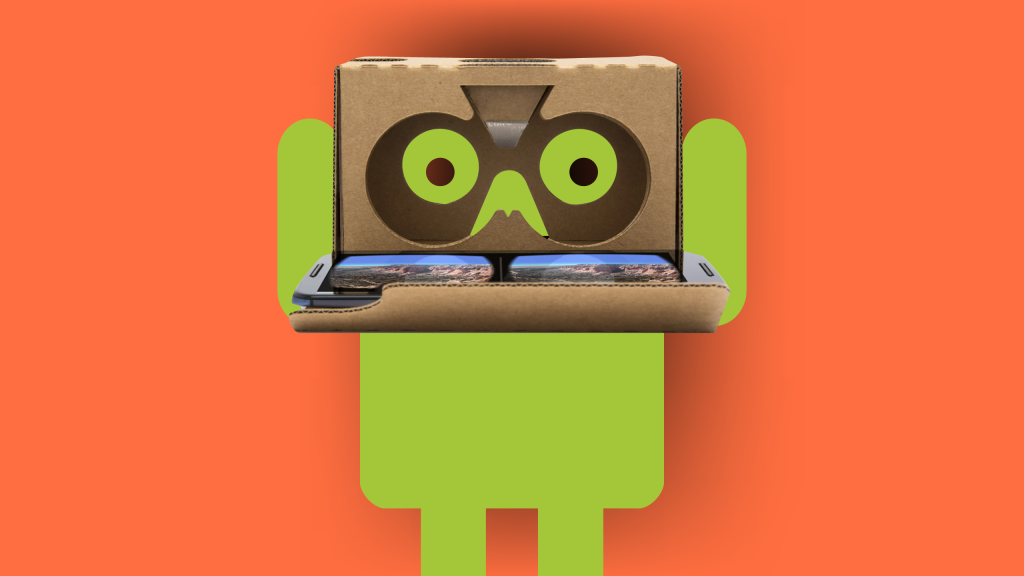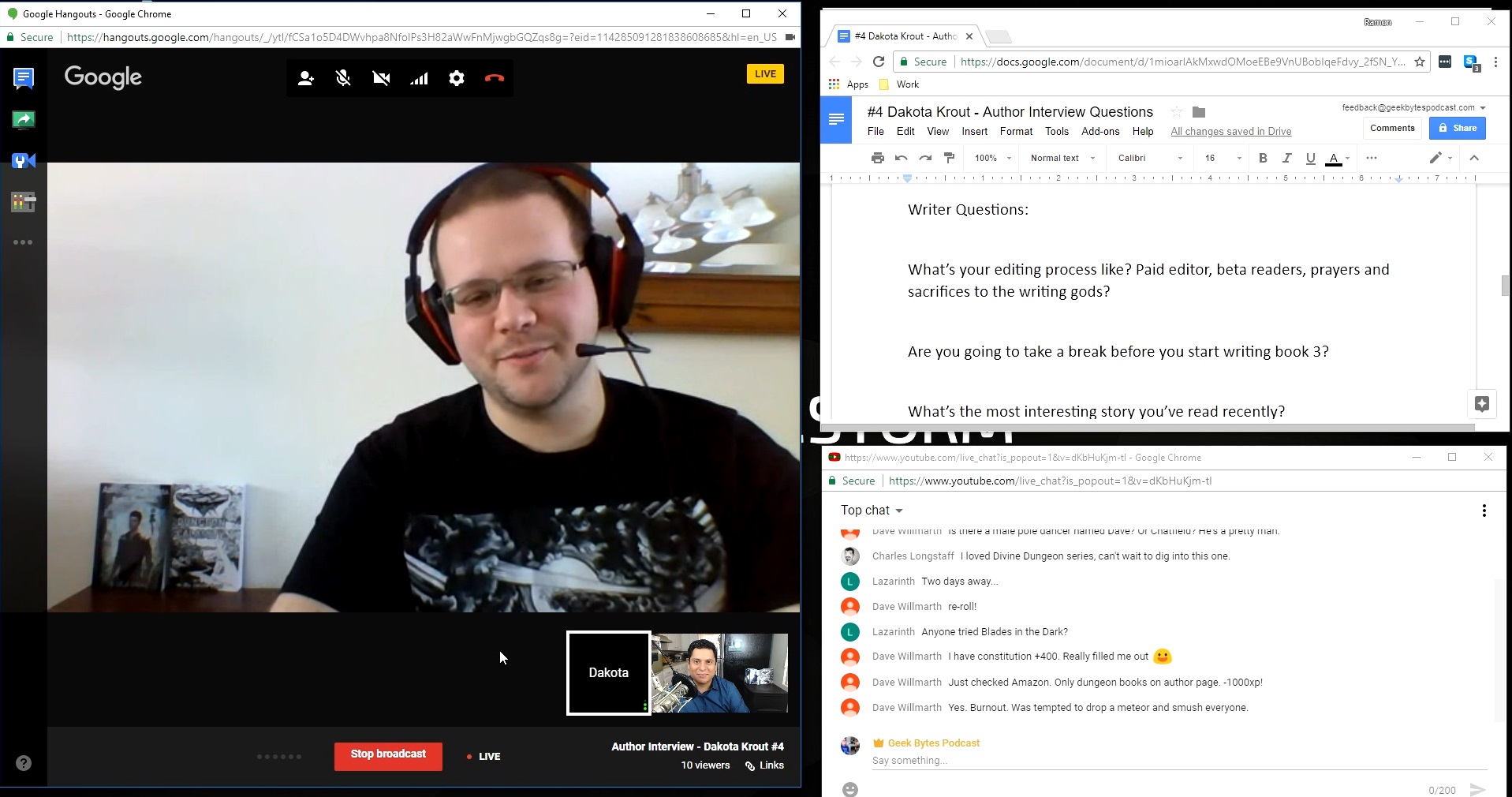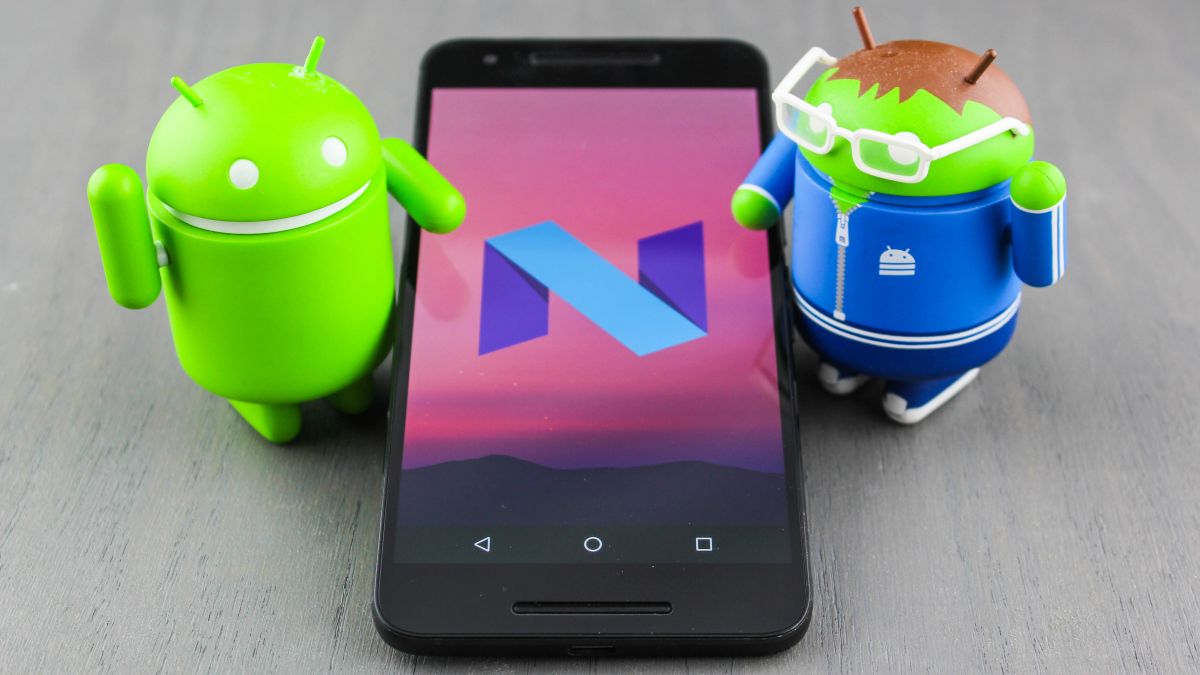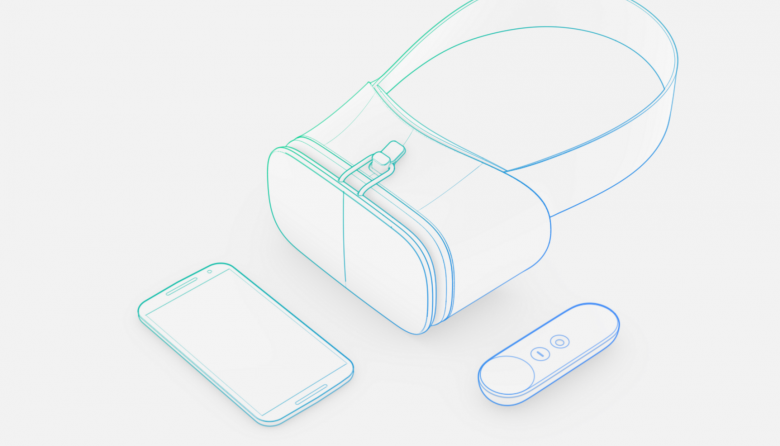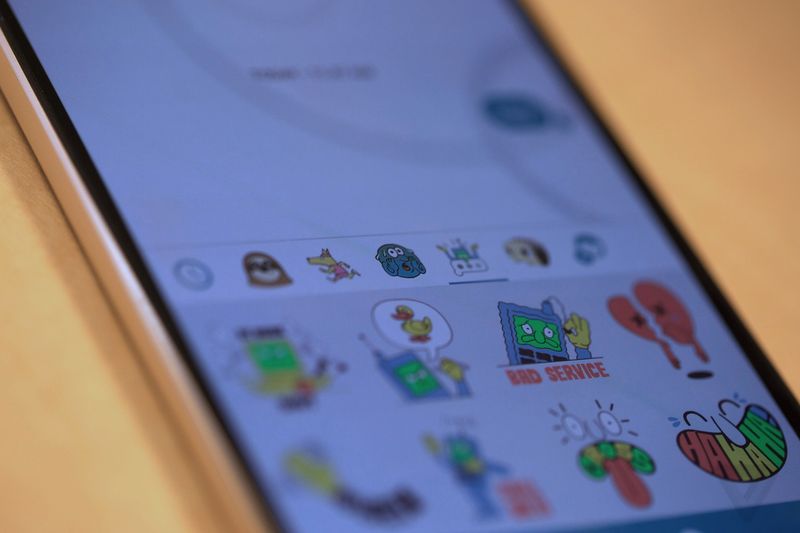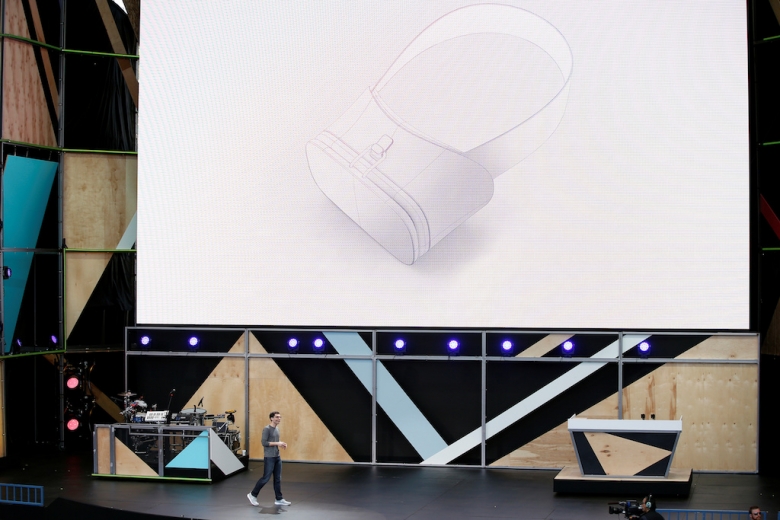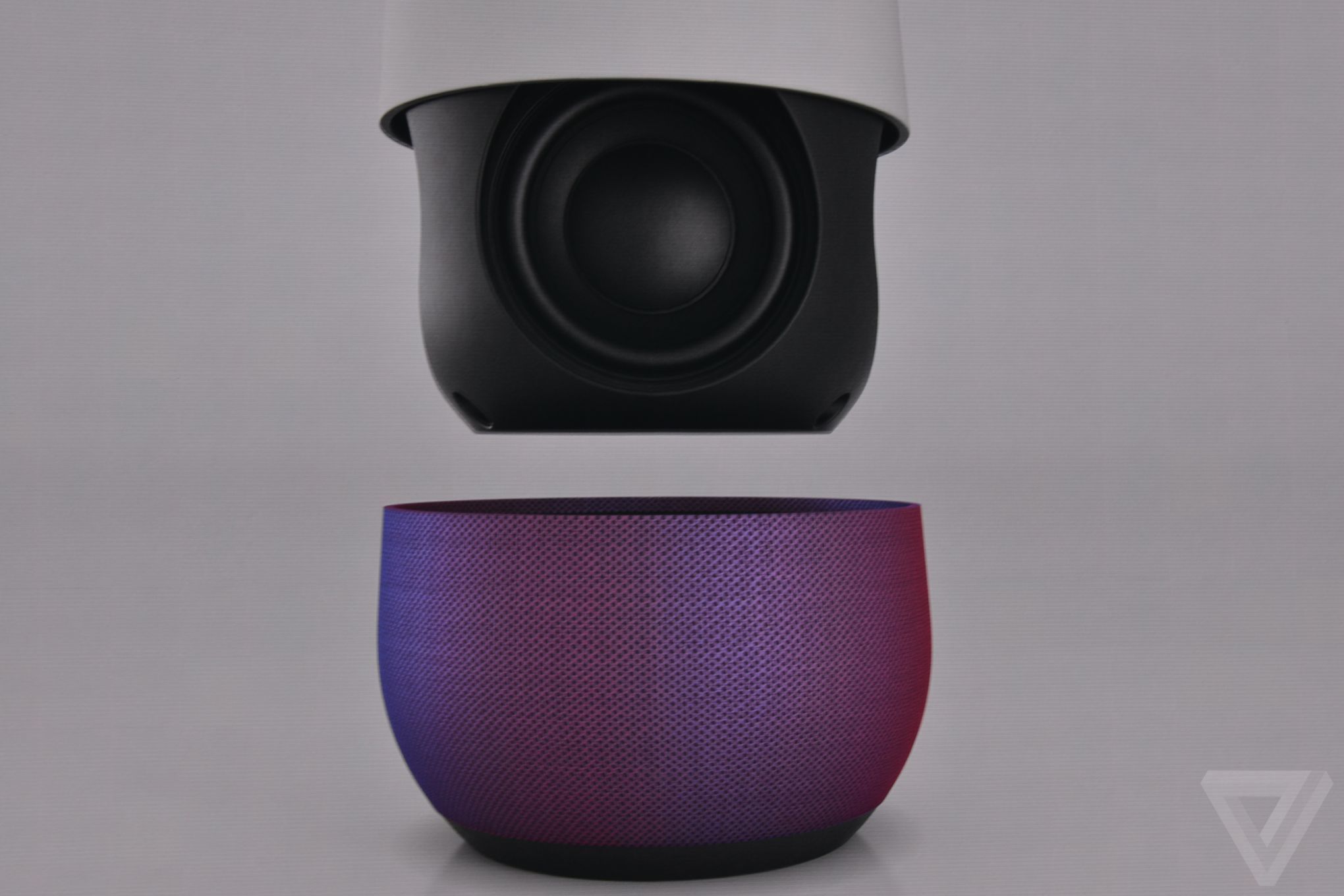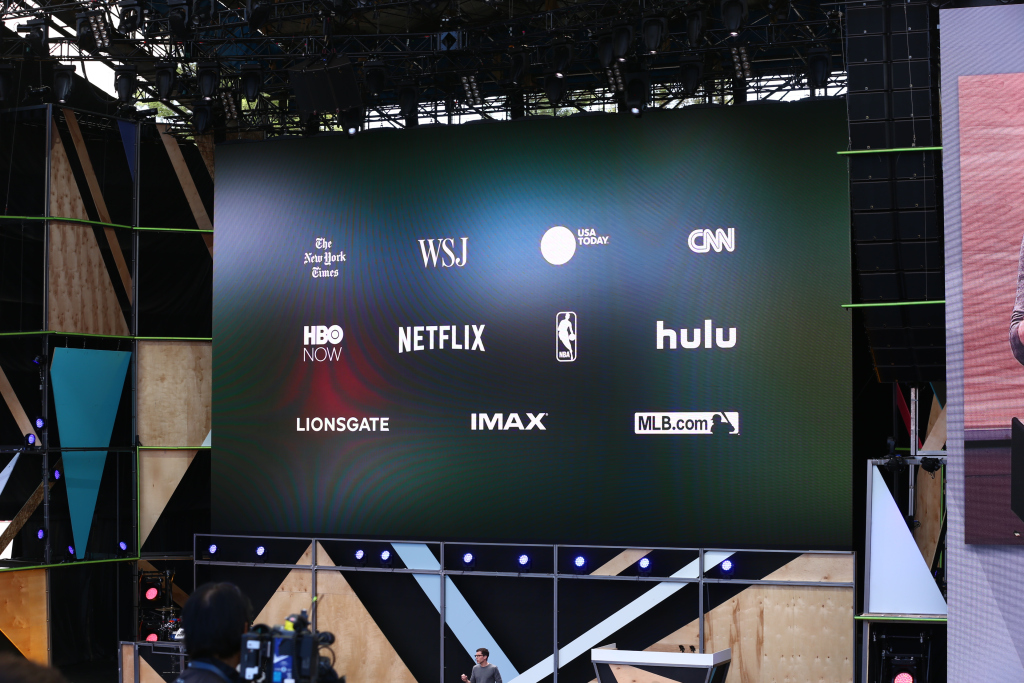
The Verge reports that this week India's space agency has successfully launched a reusable mini shuttle model into space, marking an important development in its low-cost space program. An unmanned prototype of the Reusable Launch Vehicle (RLV-TD) launched Monday morning reaching an altitude of 43 miles before returning to Earth. The project has been in development for more than 10 years, on a reported budget of just $14 million. Compare that to the US space shuttle, which cost about $450 million per launch (NASA)
Creating a reusable low cost space shuttle is a huge step in any space progam. India is competing with space agencies in Europe, Japan, and Russia as well as private companies like SpaceX and Blue Origin.
Featured News

India launches reusable shuttle
Featured Reviews




